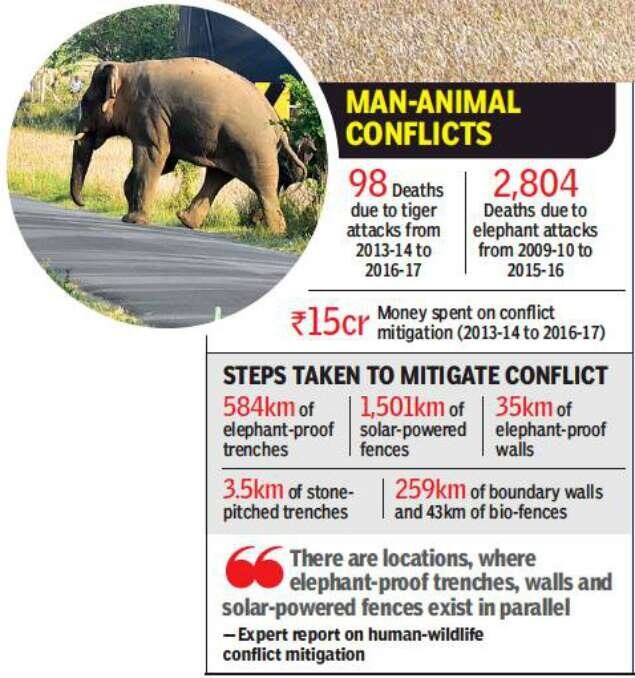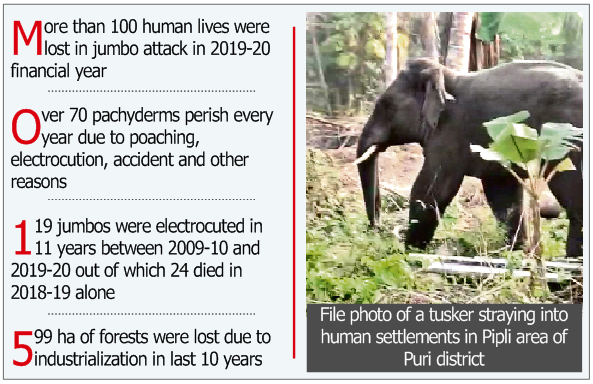Free Courses Sale ends Soon, Get It Now


Free Courses Sale ends Soon, Get It Now



Copyright infringement is not intended
Context: In the wake of an increasing elephant menace in the forest areas of Kasaragod and Kanhangad forest range, the participation of local people is turning out to be a huge support for the Rapid Response Team (RRT), which had been struggling due to staff shortage.
Asian Elephant
What is Man-Animal Conflict (MAC)?
It refers to the negative interactions between people and wild animals, with consequences for both people and their resources and wildlife and their habitats (IUCN 2020).
Common Reasons:
Consequences of MAC:
Conflict mitigation strategies includes:
Existing government policies:

Conclusion:
https://www.thehindu.com/news/national/kerala/elephant-menace-participation-of-local-people-turns-out-to-be-huge-support-for-rapid-response-team/article36817435.ece?homepage=true
© 2024 iasgyan. All right reserved